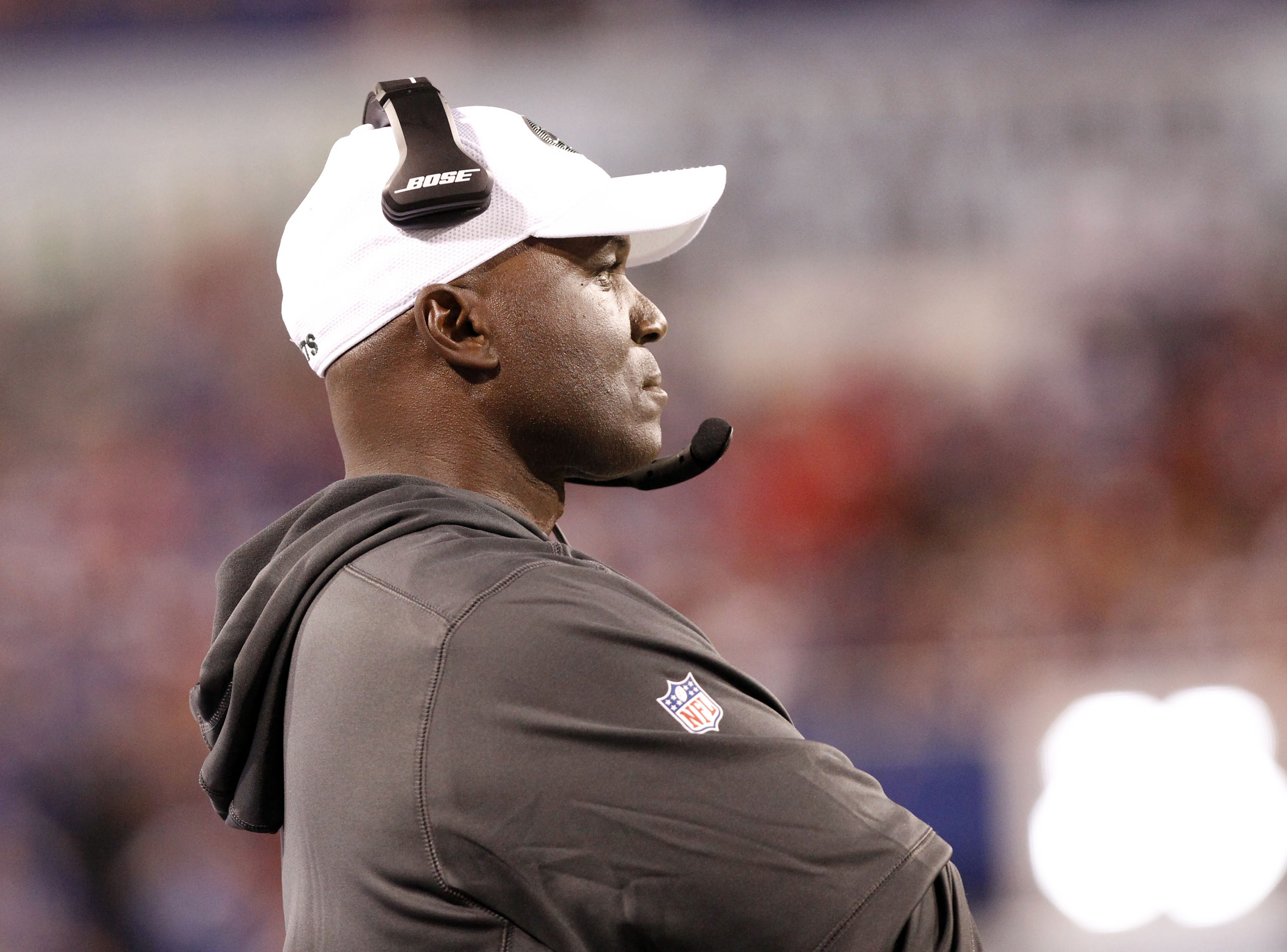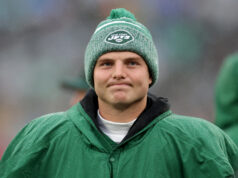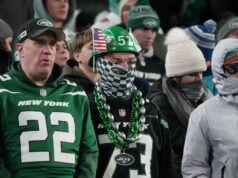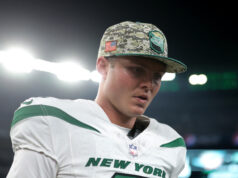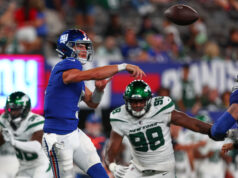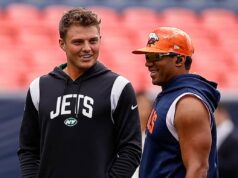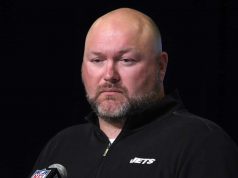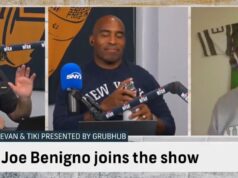New York Jets second-year head coach Todd Bowles must move away from some of his ancient defensive principles and embrace the present.
When Mike Maccagnan selected Ohio State product Darron Lee with the No. 20 overall pick in this past year’s NFL Draft, all fans of the New York Jets suddenly had an epiphany of sorts.While taking in the lightning-fast speed and animal-like ferocity Lee played with on those Buckeye draft tapes, fans finally took a deep breath in realizing the tight-end woes defensively were over.
Unfortunately, an epiphany is all we received out of it. An epiphany that didn’t come to true realization.
Kansas City Chiefs tight end Travis Kelce torched the Jets to the tune of six receptions, 89 yards and a touchdown on just seven targets. Calvin Pryor, David Harris, and even The Manimal couldn’t contain the man.
The real rub of the situation is tough to take. If the Jets didn’t have the personnel, it’d be one thing. The reason Kelce and tight ends are still thriving against New York comes squarely down on the shoulders of head coach Todd Bowles.
Bowles has the personnel. It’s his ancient defensive principles that are failing his team in the tight end, and more importantly, matchup, area.
For some strange reason, Bowles rarely gets his worst covering linebacker, Harris, off the field when it needs to happen. Harris, who is undoubtedly the Jets leader on the defensive side of the ball, is still a terrific run stopper. He plugs holes very efficiently with his toughness and smarts.
Against the pass, however, Harris kills the Jets. Furthermore, Bowles compounds this by rarely going to dime or quarter looks. Instead, he looks to keep the same personnel on the field and change situational play-calling. This is something we often saw in the 1980s and 90s.
It simply doesn’t work in today’s game. The NFL in 2016 is a matchup focused game that sees multiples players run on and off every single play.
For instance, the very first 3rd-and-long the Jets faced in Kansas City, Bowles put his personnel in a bad situation. On 3rd-and-7, Bowles did have a dime look on the field (six DBs), but it was the wrong dime look. In was three of the defensive beasts (Muhammad Wilkerson, Sheldon Richardson and Leonard Williams), two linebackers (David Harris and Darron Lee), and six defensive backs (Darrelle Revis, Buster Skrine, Marcus Williams, Calvin Pryor, Marcus Gilchrist, and Antonio Allen).
Bowles rushed five and played man under. Alex Smith found Travis Kelce on the short crossing pattern which abused Harris’s poor coverage skills.
David Harris cannot be put in this situation.
Later in the same drive, Andy Reid came at the Jets with a 3 WR, 1 TE, 1 RB look on 1st-and-10. Bowles matched up in Nickel with Harris and Lee as the backers.
On a simple angle route by the running back, the Jets linebackers couldn’t handle things. Instead of matching up with a nickel here, Bowles needed to treat Kelce as a wide receiver and go dime. Instead of Harris on the field, leave Lee as the lone backer and lean on that beastly defensive line to stop the run in the passing situation.
On the capper of the second drive, Smith found Kelce to give the Chiefs their first score of the afternoon:
This was literally like taking candy from a baby. Pryor, who can’t cover average tight ends, no less Kelce, had zero chance on this short crossing pattern, something Reid is notorious for designing within offenses.
Again, with a three receiver, one tight end personnel, Bowles responded with his vanilla nickel look with Harris and Lee in the lineup. It can’t work this way. Pryor can’t cover tight ends and Harris is a complete liability in coverage.
In the third quarter, on a 2nd-and-2, Smith cut up Pryor again by going to Kelce:
Again, it was like taking candy from a baby. Bowles matched up against K.C.’s 3 WR, 1 TE, 1 RB look with his normal nickel look. Becuase the Jets were in a single-high safety look, Pryor was forced to play Kelce one-one-one.
As you can see, Pryor has no shot in that situation.
New York is currently yielding 284 yards a game through the air, good enough for 21st in the league. If the Jets defense wants to turn a leaf and start to cover opposing weapons, Bowles needs to ditch the ancient philosphy that is matchup up nickel to 3 WR or dime to 4 WR.
Tight ends in this league can and need to be treated as wide receivers. Not treating Kelce like a receiver destroyed the Jets defense on Sunday. If they don’t treat Jimmy Graham like a receiver in Week 4, the same exact thing is going to happen.
What needs to happen is Harris off the field and Pryor lining up next to Lee in the box. Get Allen on the field more when quick tights are dangerously in play, like Kelce and Graham.
Attention Todd Bowles: It’s not 1988 anymore and David Harris isn’t that everydown linebacker he used to be. Calvin Pryor is a stud strong safety. But only when he’s put in the right spots, sniffing the box and robbing underneath.
Get immaginative with your sub package looks. Other defensive coordinators need to do it these days. So does Super Bowles.


